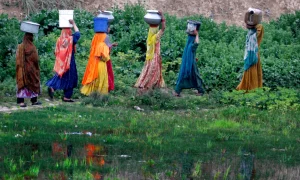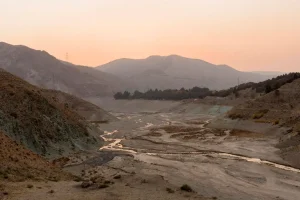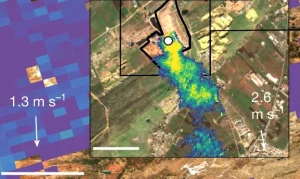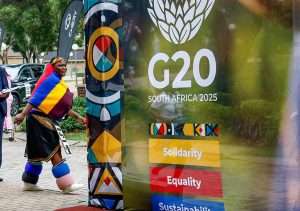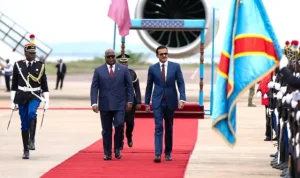Libya: climate change pushes population out of Nafusa Mountains
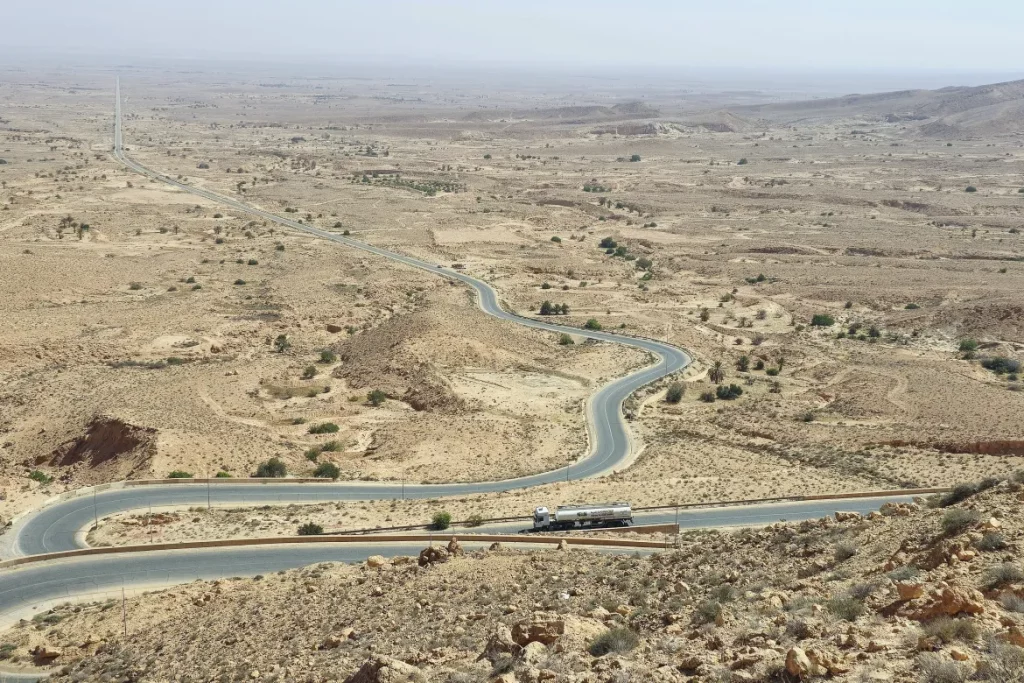
The once flourishing Libyan village of Kabaw, located in the Nafusa Mountains, known for its figs, olives and almond fields, now shows mostly barren land and dried crops caused by a climate change-induced drought.
As temperatures grow unseasonably higher, the scorching sun, paired with the dry winds has left the mountainous area bare, forcing local villagers to move out of their homes to greener pastures, reported the Arab Weekly plus agencies on the 19th of June.
The area was once “green and prosperous until the beginning of the millennium,” Farmer M’hamed Maakaf recalled. “People loved to come here and take walks but today it has become so dry that it’s unbearable.”
“We no longer see the green meadows we knew in the 1960s and ’70s,” added the 65-year-old, wearing a traditional white tunic.
Sitting at an altitude of almost 1,000 metres in western Libya, The Nafusa Mountains are home to around half a million people out of Libya’s population of seven million.
Kabaw, like many villages in the Mountainous region, is primarily inhabited by Amazigh people, a non-Arab minority.
Driven by the increasing water stress, local villagers and their livestock have been pushed out of the area and surrounding plains.
Mourad Makhlouf, mayor of Kabaw, commented on the worrisome situation, saying “It’s not just about water scarcity or crops dying due to drought… There is a demographic and human dimension with the exodus of hundreds of families towards the capital and coastal towns,” where water is easier to access.
Suleiman Mohammed, a local farmer, fears that climate change will soon cause him and his family to leave, as “living without water is certain death.
“How can we be patient?” he said. “It has gotten to the point where breeders sell their livestock because keeping them costs twice their value.”
He mourned the loss of thousands of his crops as “Some were 200 years old and inherited from our grandfathers.”
Where Mohammed has lost the majority of his crops, Maakaf has managed to save some of his livestock from the brink of death. “We manage to water our fields two to three times a week, but water is expensive,” Maakaf said.
Across the Border, Tunisia is also struggling with water shortages as the cost of drinking water rose to 16% in response to the 5-year drought that has plagued the country.
READ: Tunisia: cost of drinking water up 16% amid drought
However, “The drought does not only concern the Nafusa Mountains, but the entire country,” said Mayor Makhlouf.
95% of Libya’s land is desert and is one of the most water-scarce countries, its annual precipitation in coastal areas has fallen from 400 millimetres in 2019 to 200 millimetres in 2024, with water demand higher than what is available, according to the United Nations.
“Water scarcity is one of the greatest emerging threats facing Libya,” the UN Development Programme said in a study. “Libya needs a relief plan, which will not be the solution to everything, but will allow us to adapt.”
READ: Morocco: “violent drought” leads to radical saviour plan
The World Bank predicts that by 2030, the Middle East and North Africa region will fall below the “absolute water scarcity” threshold.
Libya signed the 2015 United Nations Framework Convention on climate change and ratified the Paris Climate Accord in 2021.
Yet the North African country has shown little progress towards the development of disaster risk reduction and climate adaptation strategies, as it continues to grapple with divisions and conflict after the fall of Gadhafi in 2011.
The Arab Weekly/ Agencies.
Want to chase the pulse of North Africa?
Subscribe to receive our FREE weekly PDF magazine




